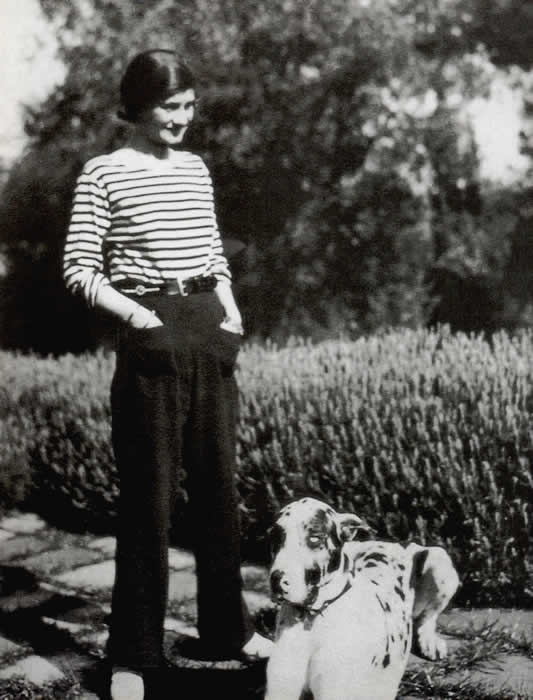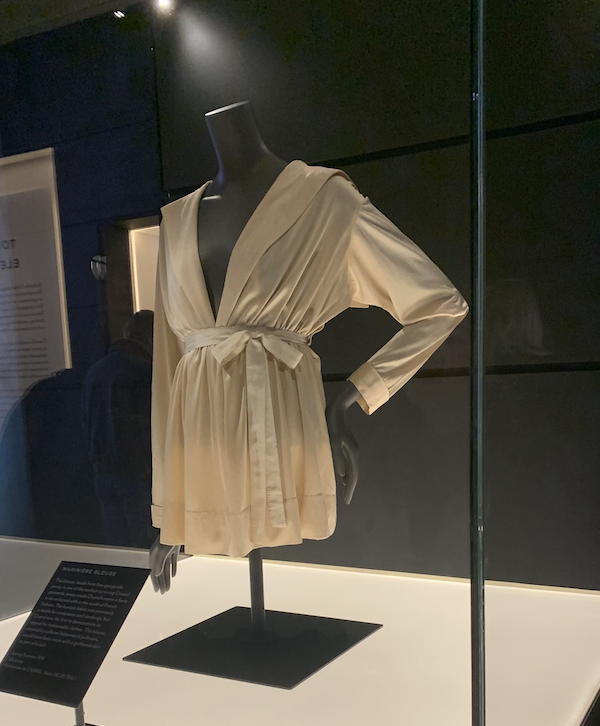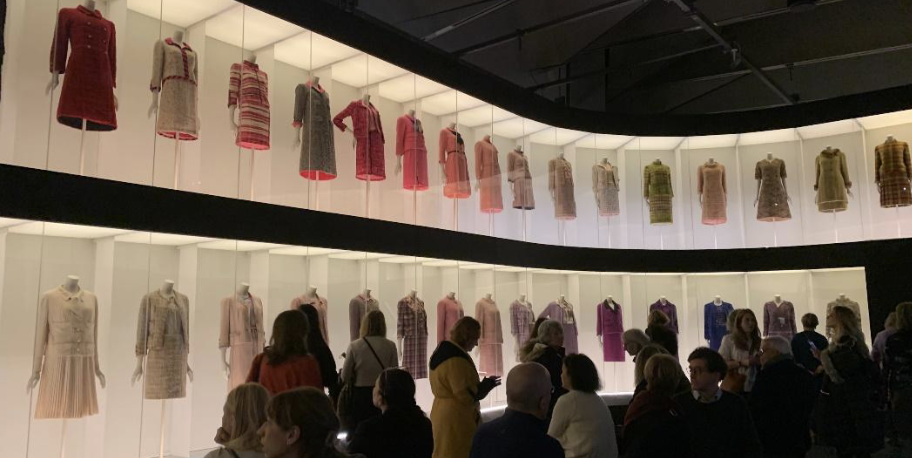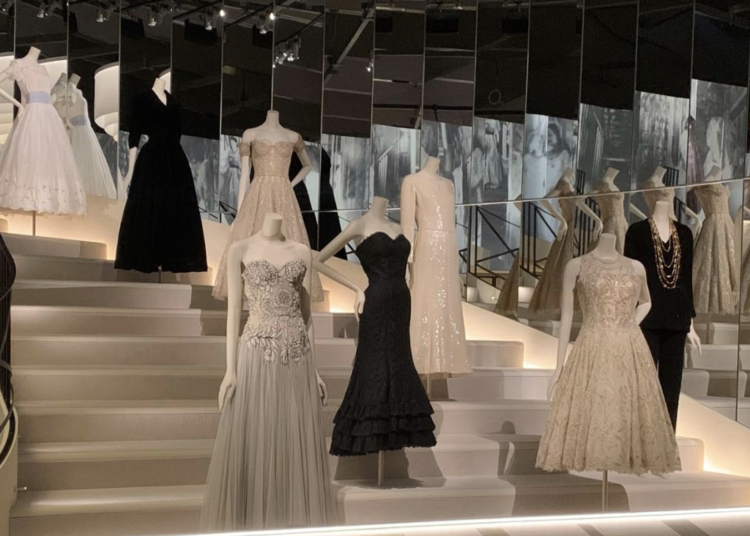In celebration of the must-see ‘Fashion Manifesto’ at the V&A museum, Tia Byer delves into some of the exhibition’s highlights.
Chanel is one of the most successful fashion houses in existence. At the heart of Gabrielle Chanel’s legacy and the enduring influence of her designs is innovation. With a career-spanning 60 years, Chanel distinguished herself as one of the dominating figures of 20th-century Western fashion.
In becoming renowned as “Coco” Chanel, a complicated and at times polarising figure, the French couturière transformed women’s clothing with her pioneering take on fabric and construction.
Chanel created clothing that was practical, easy to move in, and tailored for modern and independent women like herself. She designed stylish garments that combined masculinity and femininity and challenged the very notion of haute couture.

The woman behind the name: Gabrielle ‘Coco’ Chanel photographed in 1928 wearing her signature ‘boyish’ attire.
Now, the V&A showcases the first-ever UK exhibition dedicated to the evolution of Chanel’s iconic fashion manifesto that continues to inspire the way women dress in the 21st Century. The exhibition charts the emergence of her singular style and the compelling life events that saw her notoriety reach far beyond the realm of fashion.
Humble Beginnings
The exhibition begins with some of Chanel’s earliest designs dating back to her origins as a milliner. On display is a hat designed in 1912, made of looped braiding and a small, collapsible brim.
What began as a diversion for the young convent-raised Gabrielle Chanel soon evolved into a commercial enterprise when her hat designs started to attract a celebrity clientele. With photographs of stage actress Grabielle Dorziat modelling her hats in the magazine Les Modes, Chanel’s creations began to garner the attention of the fashion press and soon saw her designs develop into garment wear.
The Emergence of Style
The 1920s and 1930s saw the emergence of Chanel the pioneer of women’s wear, and for this, she had the simple but practical material of Jersey to thank. On display is the Mariniére Blouse, a fine-gauge silk blouse made of jersey and known as one of the earliest surviving Chanel garments.

Marinière blouse, by Gabrielle Chanel, Spring/Summer 1916.
Inspired by Fisherman’s collared pullovers, the blouse was intended to be worn as part of a suit with a gathered skirt, with its loose fit intended for freedom of movement. Before Chanel’s ingenuity, Jersey had been a textile used exclusively for underwear and stockings, but the emerging French fashion designer was unafraid to demonstrate the utility of the humble fabric.
The Tweed Suit
Perhaps the most synonymous textile associated with the house of Chanel is tweed. Her tailored womenswear which heavily borrowed from the codes of masculine clothing became a declaration of modern femininity.
By adopting a cardigan-like cut for jackets and a simple high-waisted skirt, the Chanel tweed suit for women combined comfort with chic simplicity. The iconic look used British tweed; a material Chanel was impressed by as well as other British-made textiles. In 1927, Vogue commented on Chanel’s use of tweed: the designer “whose clothes are invariably simple, practical and beautiful, is making a feature of models of Scotch tween on her recent collections”.
In 1927, Vogue commented on Chanel’s use of tweed: the designer “whose clothes are invariably simple, practical and beautiful, is making a feature of models of Scotch tween on her recent collections”.

The landmark exhibition is the first in the UK dedicated solely to the pioneering work of the legendary French fashion designer, Gabrielle ‘Coco’ Chanel
The pièce de resistance of the exhibition is the stunning array of coloured Chanel suits encased from floor to ceiling: a mesmerizing homage to the timeless look. The elegant display is a feast for the eyes and features outfits worn by the likes of Hollywood starlets Lauren Bacall and Marlene Dietrich.
An Exhibition to Remember
With over 180 looks brought together for the first time, the Gabrielle Chanel Fashion Manifesto is a must-see installation. The exhibition features clothing, as well as accessories, jewellery, perfumes, and cosmetics that date from 1910 to the showing of Chanel’s final collection in 1971. Based upon the exhibition of the same name originally curated by the Palais Galliera in Paris, France, the V&A reimages the showcase with exquisite delicacy and elegance.
Along with numerous rarely seen pieces from the V&A’s collection, the exhibit’s contributions are provided by the Palais Galliera and the heritage collections of the fashion house in Paris, Patrimoine de Chanel.
The exhibition closes on February 25th.






